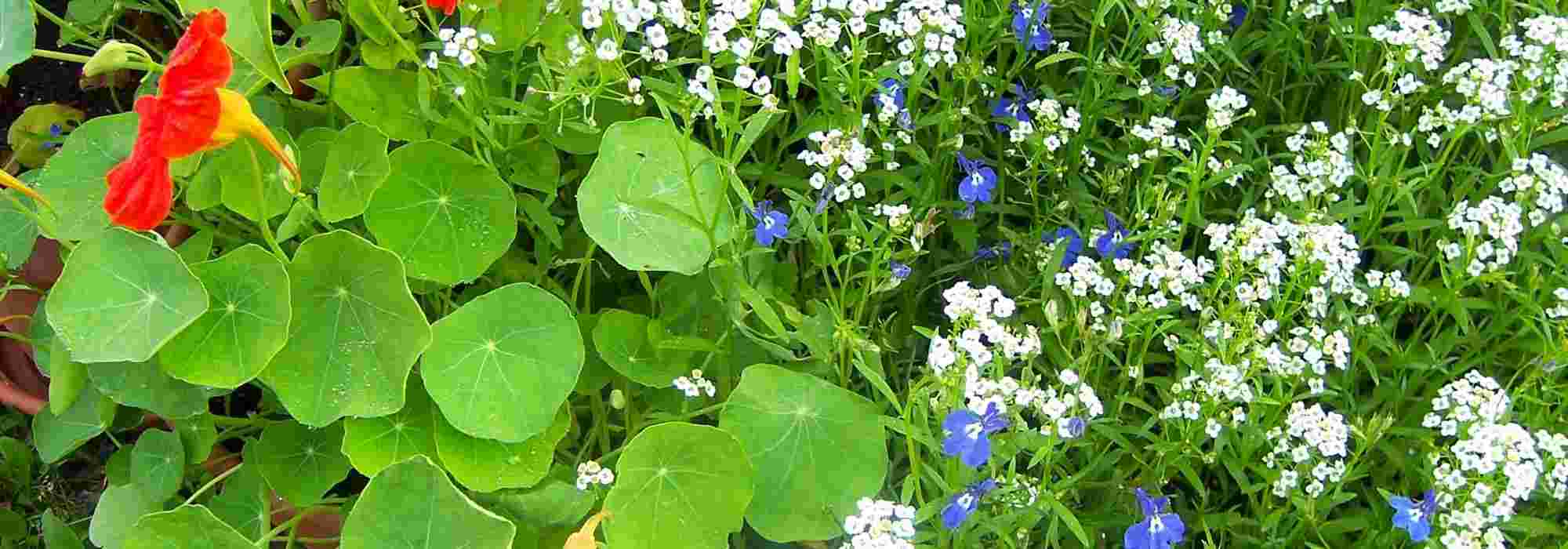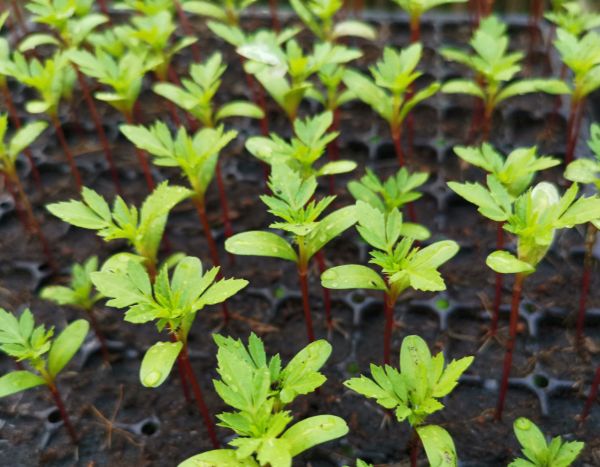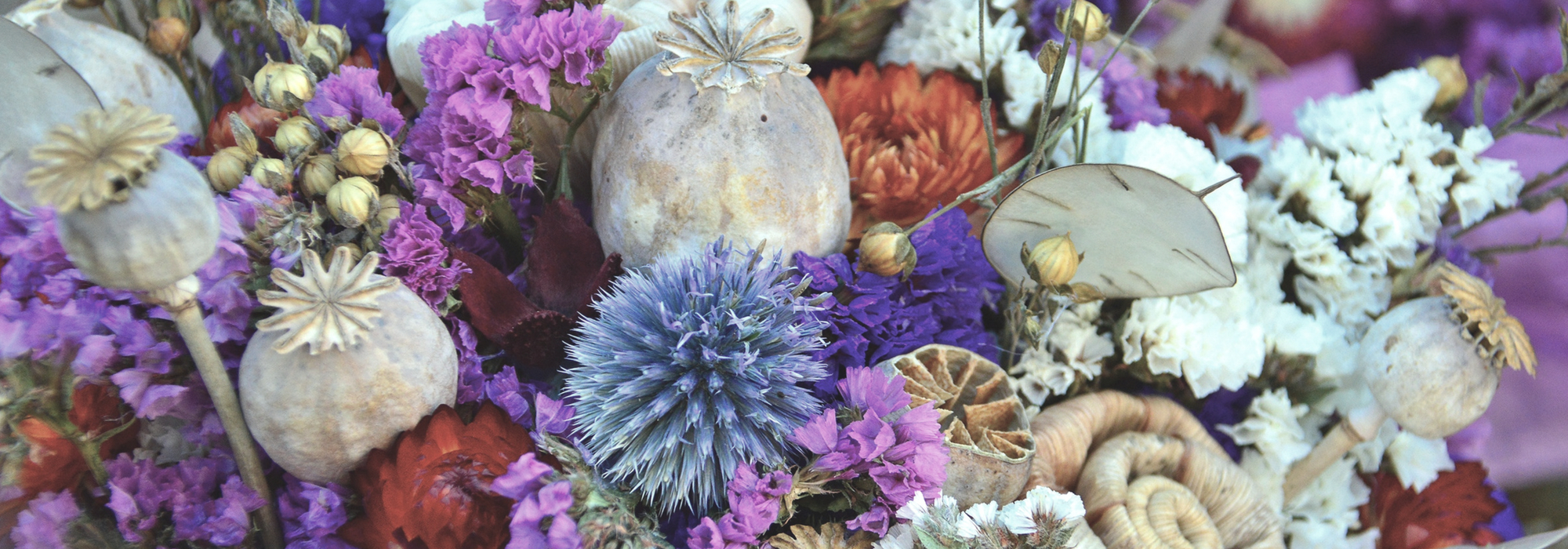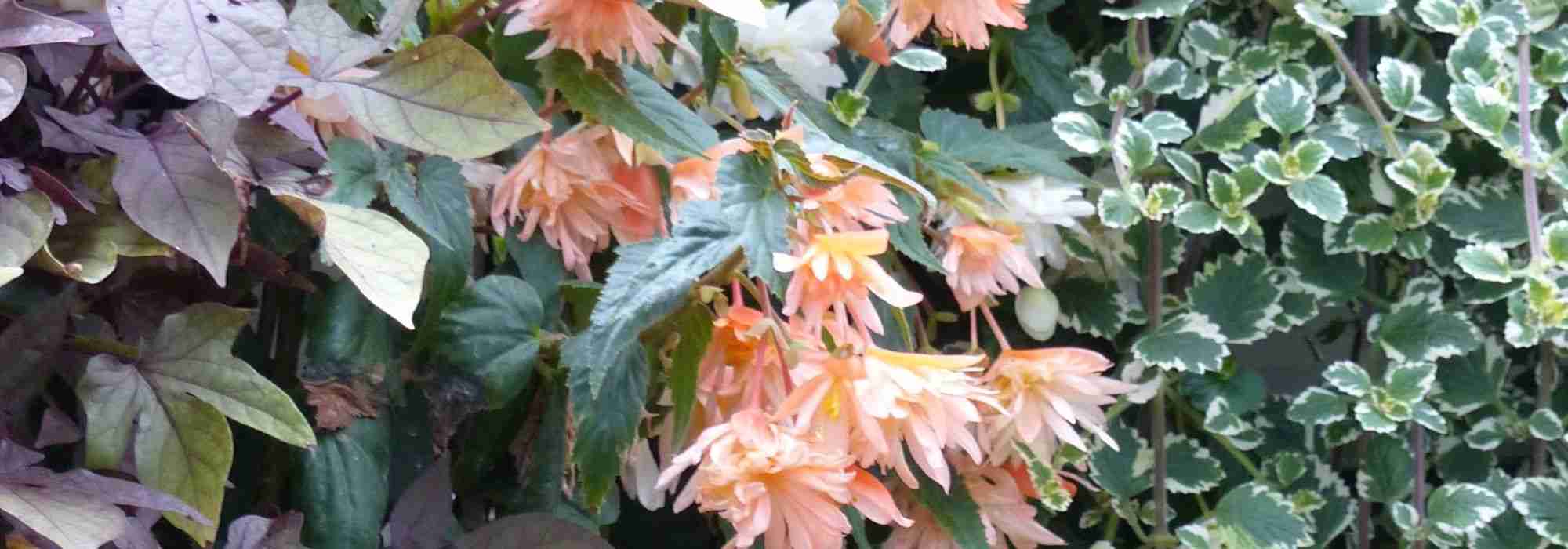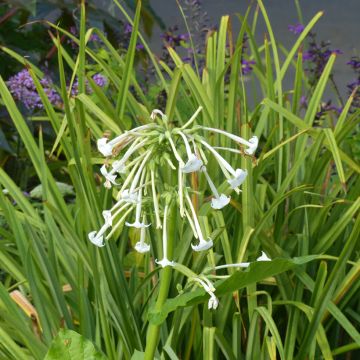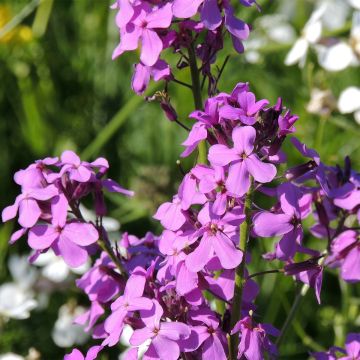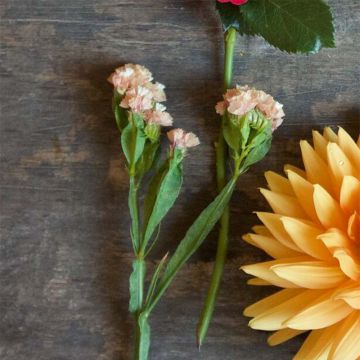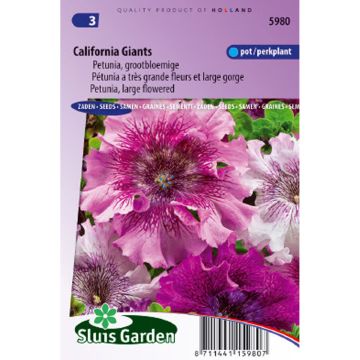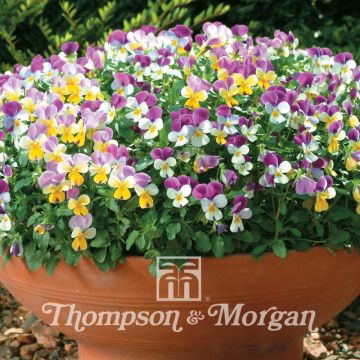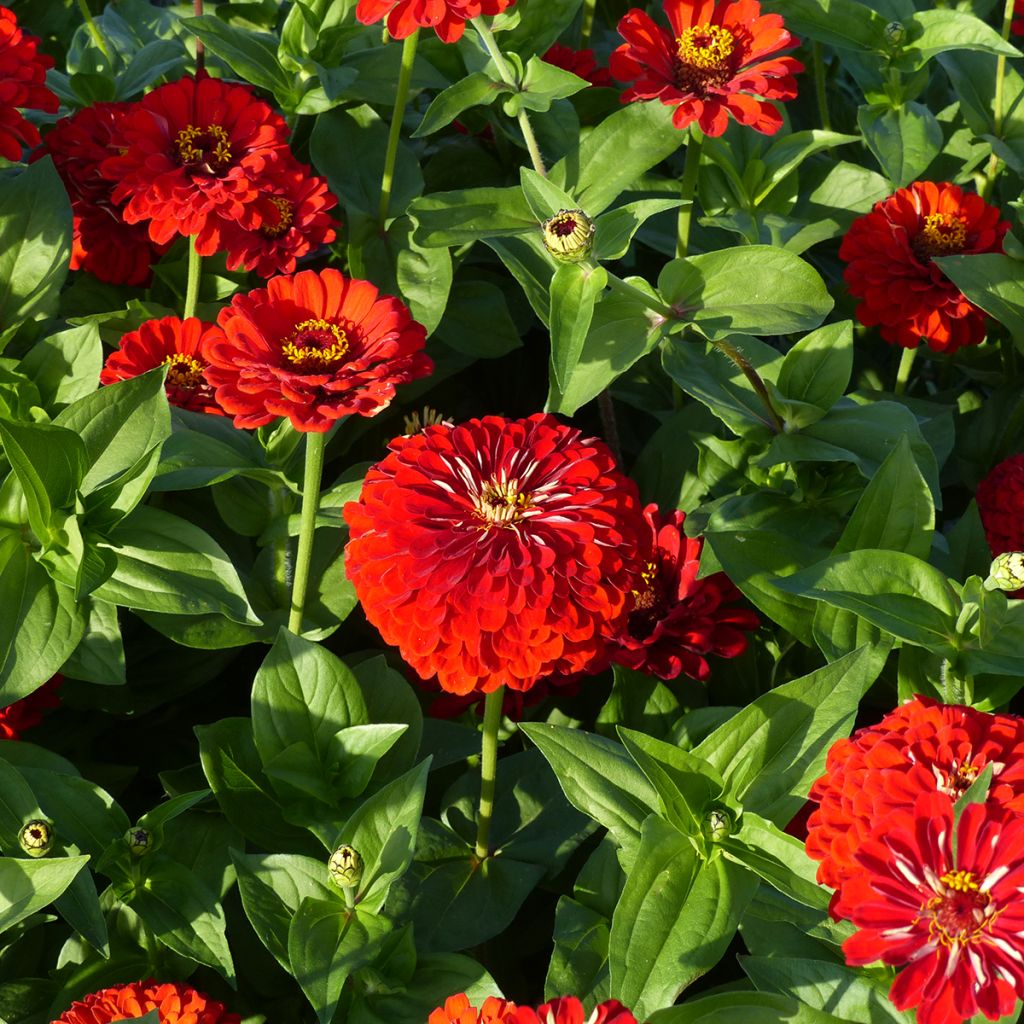

Zinnia Scarlet Flame seeds
Zinnia Scarlet Flame seeds
Zinnia x elegans Scarlet Flame
Common Zinnia, Elegant Zinnia, Youth-and-old-age
Special offer!
Receive a €20 voucher for any order over €90 (excluding delivery costs, credit notes, and plastic-free options)!
1- Add your favorite plants to your cart.
2- Once you have reached €90, confirm your order (you can even choose the delivery date!).
3- As soon as your order is shipped, you will receive an email containing your voucher code, valid for 3 months (90 days).
Your voucher is unique and can only be used once, for any order with a minimum value of €20, excluding delivery costs.
Can be combined with other current offers, non-divisible and non-refundable.
Home or relay delivery (depending on size and destination)
Schedule delivery date,
and select date in basket
This plant carries a 6 months recovery warranty
More information
We guarantee the quality of our plants for a full growing cycle, and will replace at our expense any plant that fails to recover under normal climatic and planting conditions.
Does this plant fit my garden?
Set up your Plantfit profile →
Description
Zinnia elegans is an annual plant from the Asteraceae family, native to Mexico, which is the origin of many horticultural selections. Zinnia elegans 'Scarlet Flame' is an old cultivar, dating back over 80 years, already well-known by 1934. Each plant forms a flowering clump within a few weeks, reaching an average height of 80 cm and spreading about 30 cm wide. Its stems are hollow and relatively brittle, covered with rough, downy, lanceolate to elliptical, medium green leaves. Flowering occurs from June-July to October, depending on the sowing date. It is nectar-rich and honey-producing. The flowers appear in the leaf axils; they are beautiful, round, flower heads 10-12 cm in diameter, composed of numerous oval "petals" or ligules. Their colour is an intense scarlet red.
Zinnia 'Scarlet Flame' provides a continuous display of flowers throughout summer and beyond, given generous sunshine. With low water requirements, this annual thrives in rich, well-drained soil, even somewhat dry. It is also possible to sow it in pots to enhance terraces and balconies and promote biodiversity. Pair it with the white flowers of Ammi visnaga 'The Giant' or pot marigold 'Snow Princess' to temper its brilliance and create a luminous contrast. Also consider dwarf sunflowers like ‘Ms. Mars’ with complementary warm tones, or colourful grasses such as Panicum virgatum 'Sangria' for a more natural and rhythmic effect. In bouquets, its long, sturdy stems and scarlet colour integrate well into rustic arrangements with pastel dahlias, peach-toned roses, or even dried wheat spikes.
Flowering
Foliage
Plant habit
Botanical data
Zinnia
x elegans
Scarlet Flame
Asteraceae
Common Zinnia, Elegant Zinnia, Youth-and-old-age
Cultivar or hybrid
Planting and care
Sow Zinnia Scarlet Flame seeds directly from April to May in raked and warmed soil. Do not bury the seeds too deeply (3 mm is sufficient) and space them 30 cm apart. Keep the soil moist until germination, which usually takes between 7 and 14 days.
For early flowering, sow from March to April (indoors, at temperatures between 15 and 25°C) in a tray filled with good seed compost, keeping it moist but not waterlogged. When the young plants are large enough to handle, transplant them into pots. Acclimatise your Zinnias gradually to cooler conditions for about two weeks before planting them out in the garden, once all risk of frost has passed. Space the young plants 30 cm apart.
Zinnias thrive in full sun and tolerate high heat well, provided they are watered occasionally. They perform best in near-neutral (pH 7), rich, well-drained soil. Although undemanding, they will still grow in average garden soil. They may occasionally be susceptible to powdery mildew; this can easily be avoided by not planting them in confined spaces and taking care not to wet their leaf. Be cautious when they are young, as slugs are fond of tender young leaves.
Sowing period
Intended location
Planting & care advice
This item has not been reviewed yet - be the first to leave a review about it.
Similar products
Haven't found what you were looking for?
Hardiness is the lowest winter temperature a plant can endure without suffering serious damage or even dying. However, hardiness is affected by location (a sheltered area, such as a patio), protection (winter cover) and soil type (hardiness is improved by well-drained soil).

Photo Sharing Terms & Conditions
In order to encourage gardeners to interact and share their experiences, Promesse de fleurs offers various media enabling content to be uploaded onto its Site - in particular via the ‘Photo sharing’ module.
The User agrees to refrain from:
- Posting any content that is illegal, prejudicial, insulting, racist, inciteful to hatred, revisionist, contrary to public decency, that infringes on privacy or on the privacy rights of third parties, in particular the publicity rights of persons and goods, intellectual property rights, or the right to privacy.
- Submitting content on behalf of a third party;
- Impersonate the identity of a third party and/or publish any personal information about a third party;
In general, the User undertakes to refrain from any unethical behaviour.
All Content (in particular text, comments, files, images, photos, videos, creative works, etc.), which may be subject to property or intellectual property rights, image or other private rights, shall remain the property of the User, subject to the limited rights granted by the terms of the licence granted by Promesse de fleurs as stated below. Users are at liberty to publish or not to publish such Content on the Site, notably via the ‘Photo Sharing’ facility, and accept that this Content shall be made public and freely accessible, notably on the Internet.
Users further acknowledge, undertake to have ,and guarantee that they hold all necessary rights and permissions to publish such material on the Site, in particular with regard to the legislation in force pertaining to any privacy, property, intellectual property, image, or contractual rights, or rights of any other nature. By publishing such Content on the Site, Users acknowledge accepting full liability as publishers of the Content within the meaning of the law, and grant Promesse de fleurs, free of charge, an inclusive, worldwide licence for the said Content for the entire duration of its publication, including all reproduction, representation, up/downloading, displaying, performing, transmission, and storage rights.
Users also grant permission for their name to be linked to the Content and accept that this link may not always be made available.
By engaging in posting material, Users consent to their Content becoming automatically accessible on the Internet, in particular on other sites and/or blogs and/or web pages of the Promesse de fleurs site, including in particular social pages and the Promesse de fleurs catalogue.
Users may secure the removal of entrusted content free of charge by issuing a simple request via our contact form.
The flowering period indicated on our website applies to countries and regions located in USDA zone 8 (France, the United Kingdom, Ireland, the Netherlands, etc.)
It will vary according to where you live:
- In zones 9 to 10 (Italy, Spain, Greece, etc.), flowering will occur about 2 to 4 weeks earlier.
- In zones 6 to 7 (Germany, Poland, Slovenia, and lower mountainous regions), flowering will be delayed by 2 to 3 weeks.
- In zone 5 (Central Europe, Scandinavia), blooming will be delayed by 3 to 5 weeks.
In temperate climates, pruning of spring-flowering shrubs (forsythia, spireas, etc.) should be done just after flowering.
Pruning of summer-flowering shrubs (Indian Lilac, Perovskia, etc.) can be done in winter or spring.
In cold regions as well as with frost-sensitive plants, avoid pruning too early when severe frosts may still occur.
The planting period indicated on our website applies to countries and regions located in USDA zone 8 (France, United Kingdom, Ireland, Netherlands).
It will vary according to where you live:
- In Mediterranean zones (Marseille, Madrid, Milan, etc.), autumn and winter are the best planting periods.
- In continental zones (Strasbourg, Munich, Vienna, etc.), delay planting by 2 to 3 weeks in spring and bring it forward by 2 to 4 weeks in autumn.
- In mountainous regions (the Alps, Pyrenees, Carpathians, etc.), it is best to plant in late spring (May-June) or late summer (August-September).
The harvesting period indicated on our website applies to countries and regions in USDA zone 8 (France, England, Ireland, the Netherlands).
In colder areas (Scandinavia, Poland, Austria...) fruit and vegetable harvests are likely to be delayed by 3-4 weeks.
In warmer areas (Italy, Spain, Greece, etc.), harvesting will probably take place earlier, depending on weather conditions.
The sowing periods indicated on our website apply to countries and regions within USDA Zone 8 (France, UK, Ireland, Netherlands).
In colder areas (Scandinavia, Poland, Austria...), delay any outdoor sowing by 3-4 weeks, or sow under glass.
In warmer climes (Italy, Spain, Greece, etc.), bring outdoor sowing forward by a few weeks.



































